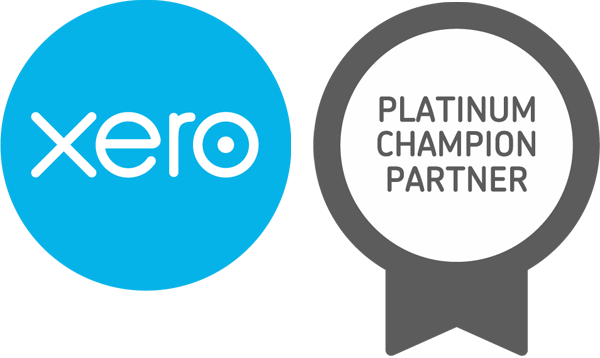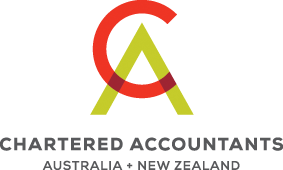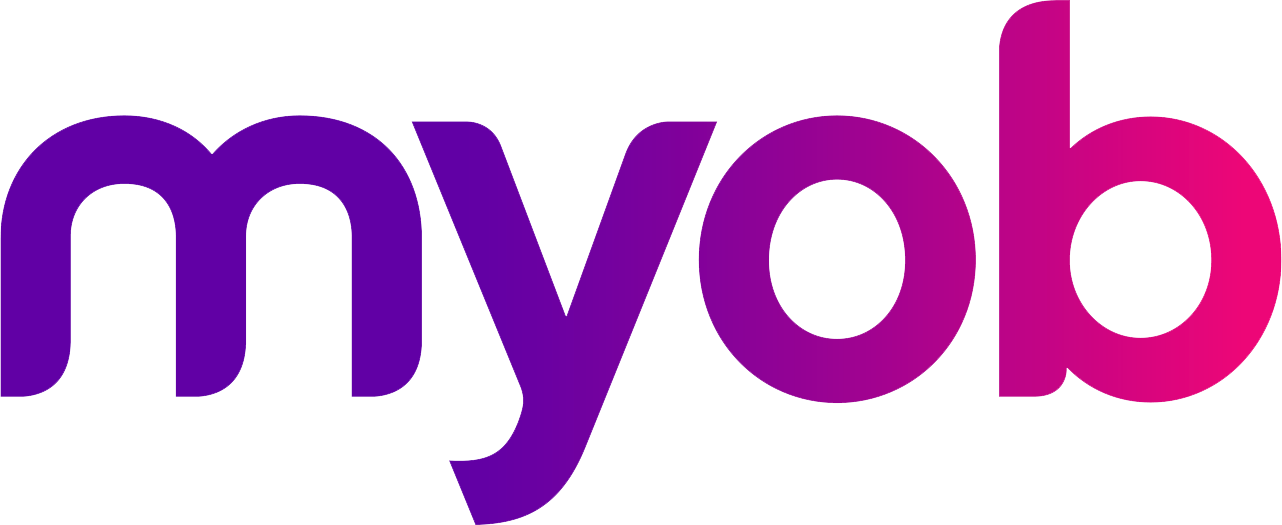Navigating the Maze of Fringe Benefits Tax Rules
In today's rapidly evolving business landscape, attracting and retaining top talent has never been more crucial. One effective way to do so is by offering attractive fringe benefits to your employees.
However, as many Australian employers know, providing these perks can also come with tax obligations. In this newsletter, we explore the essential Fringe Benefits Tax (FBT) rules in Australia that employers should be aware of when offering fringe benefits to their staff.
Understanding Fringe Benefits Tax (FBT):
Fringe Benefits Tax, commonly known as FBT, is a tax imposed by the Australian government on the non-salary benefits provided by employers to their employees. These benefits can include company cars, health insurance, gym memberships, and even work-related entertainment. The aim of FBT is to ensure that employees are not receiving hidden forms of compensation that go untaxed.
Key FBT Rules and Considerations for Employers:
- Types of Fringe Benefits: Employers should be aware that not all benefits are considered taxable fringe benefits. Common examples include company cars, housing allowances, and low-interest loans. Understanding what constitutes a fringe benefit is the first step in compliance.
- Calculating FBT: Once you've identified the fringe benefits, you'll need to calculate the FBT liability. The most common method is the 'taxable value' method, where the taxable value of the benefit is multiplied by the FBT rate (currently 47%).
- Reporting and Lodging: Employers are required to report FBT to the Australian Taxation Office (ATO) on an annual basis, generally by the end of March following the FBT year (April 1 to March 31). Ensuring accurate reporting and timely lodgment is crucial to avoid penalties.
- Exemptions and Concessions: Some benefits may be exempt from FBT or eligible for concessions. For example, small businesses with an annual turnover below a certain threshold may be entitled to reduced FBT rates or exemptions.
- Employee Contributions: In some cases, employees may make contributions towards the cost of fringe benefits. These contributions can reduce the taxable value of the benefit and, consequently, the FBT liability for the employer.
- Record Keeping: Comprehensive record-keeping is essential. Employers should maintain documentation that supports the FBT calculations, including receipts, invoices, and employee declarations.
- Employee Declarations: Employees may be required to declare their fringe benefits on their income tax returns. Employers should communicate this requirement to their staff to ensure compliance on all fronts.
Consult with Experts:
Given the complexity of FBT rules, many employers find it beneficial to consult with tax professionals or accountants specializing in FBT. Their expertise can help you navigate the intricacies of FBT compliance, minimize your tax liability, and ensure that your employees receive the benefits they deserve.
In conclusion, offering fringe benefits can be a valuable tool for attracting and retaining top talent in your organization. However, it's vital for employers to understand and comply with the FBT rules to avoid potential pitfalls. By staying informed and seeking professional guidance, when necessary, you can create a win-win situation for both your business and your employees.
If you have any questions or require assistance with FBT compliance, please contact us.









